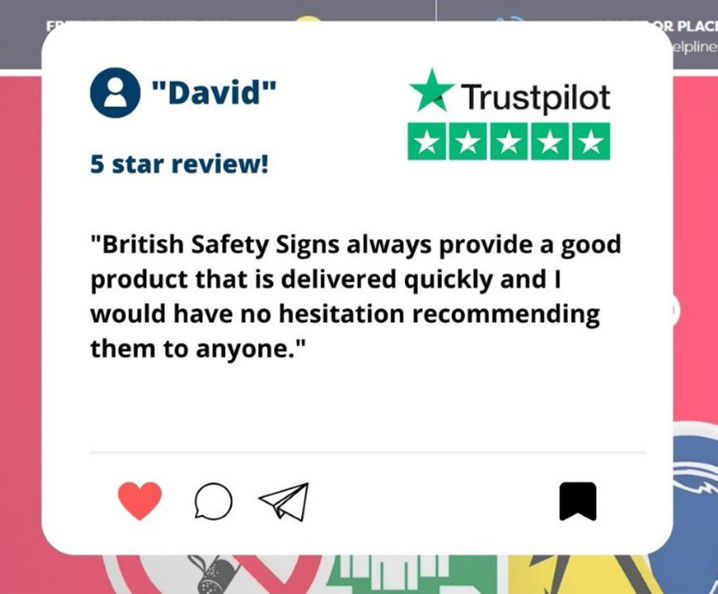 0
Basket
0
Basket
Save Money and the Planet – Waste & Recycling Signage
20/06/2023Across the UK, procurement management, hospitality, roads and highways, construction and waste management companies are expected to be eco-friendly pioneers helping to transition from the traditional linear economy (take, make, then waste) to a virtuous circular economy (use less, use for longer, use again).
Across the UK, procurement management, hospitality, roads and highways, construction and waste management companies are expected to be eco-friendly pioneers helping to transition from the traditional linear economy (take, make, then waste) to a virtuous circular economy (use less, use for longer, use again).
Admittedly waste and recycling activities must seek solutions in the decomposition of waste which results in carbon. Creation of carbon needs to be avoided at all costs to achieve, social corporate responsibility ambitions. A carbon free zone, (Net Zero 2050) is the way to go to achieve green ambitions, Click here for more information on Net Zero sustainable goals 2050.
With this in mind no sustainable goal will ever be reached without a solid plan or strategy in place. Or equally without the tools to help enhance success rates. In this case a great tool for success is in signage, see below the areas to be considered in purchasing waste and recycling signage:
Health and Safety Compliance in Signage is a must…
To comply with business waste regulations, it’s essential for businesses to have an effective recycling and waste signage regime in place. Good signage will support climate reduction objectives in providing clear guidance on how to separate and sort waste prior to its collection. By improving your waste streams, you will also save money, as you’ll need less bins emptied per week.
To ensure regulations in the working environment are adhered to, businesses must comply with the Health and Safety (Safety Signs and Signals) Regulations 1996. 
See What our Clients Have to Say
David Scott, Safety and Operations Manager at J A Jackson:

Click here to see our full range of health and safety signage.
Top tips to Consider when Selecting and Purchasing Signage…
Our signage will support businesses who need to save time and communicate the messages clearly. A few examples:
• Separate recyclable materials (e.g., paper, plastic and glass) from other waste by using indoor/outdoor recycling signage and bins. It’s advisable for these bins to have clear signage on them to guide people on what can be put inside them.
• Store waste safely and securely: this means using suitable outdoor recycling bins to prevent any of the contents blowing away. Bins should be waterproof to prevent contaminated run-off.
It’s useful to provide signage for the business to understand recycling rates and how much has been saved from landfill too. When teams know their small change makes a big difference, they are more likely to maintain the new habit.
Dealing with Hazardous Waste - Eliminate the Risk in the Workplace
Don’t risk costly legal implications where waste is considered “hazardous” and a risk to the safety of a workforce or the public. This includes things like asbestos, chemicals, batteries, solvents, pesticides, oils and refrigerators.
Hazardous waste signage is designed to communicate important information about the risks associated with hazardous materials and to ensure that workers and members of the public are aware of the potential dangers.
What Makes the Perfect Hazardous Waste Sign for your Health and Safety Regulations?
• Colour coding: hazardous waste signage typically uses specific colours to indicate the level of danger associated with the waste. For example, red may be used to indicate highly hazardous waste, while yellow may indicate moderately hazardous waste.
• Pictograms: hazardous waste signage often includes pictograms or images which provide and quick and easy visual reference for the type of hazard involved. These pictograms may include flames, skulls or other symbols that indicate the specific risk associated with the waste.
• Text: in addition to pictograms, hazardous waste signage also includes text that provides more detailed information about the hazard. This may include the specific type of waste involved, the level of risk, and any precautions that need to be taken when handling or disposing of the waste.
• Consistency: hazardous waste signage is designed to be consistent across different types of waste and across different locations. This ensures that employees and members of the public can quickly and easily recognise the signs and understand the risks involved.
• Regulatory compliance: hazardous waste signage must comply with specific local regulatory requirements.
British Safety Signs, produce a wide range of high-quality signage for businesses, all manufactured in-house and using state-of-the-art printing technology. Click here, to watch our manufacturing video of signage in action.
To see our full range of recycling and waste signage, please click here or give us a call to discuss your contact 01772 910531.






